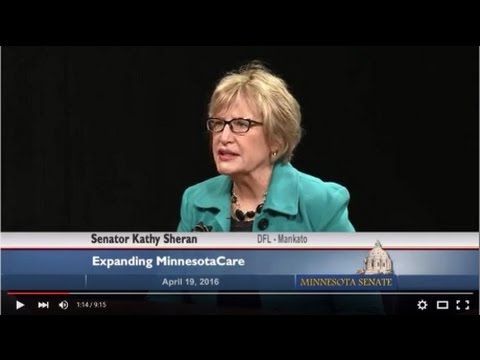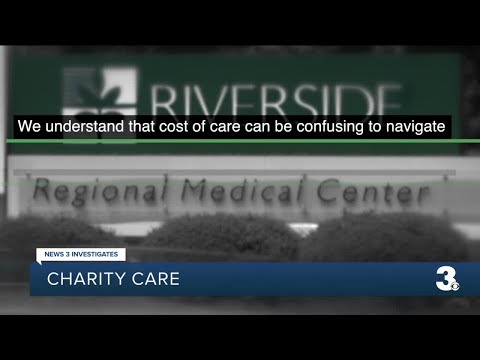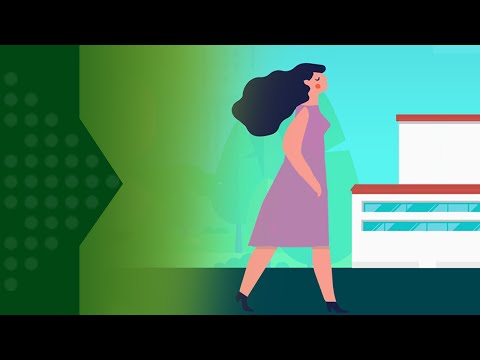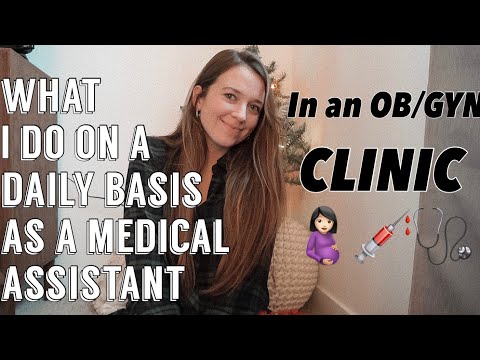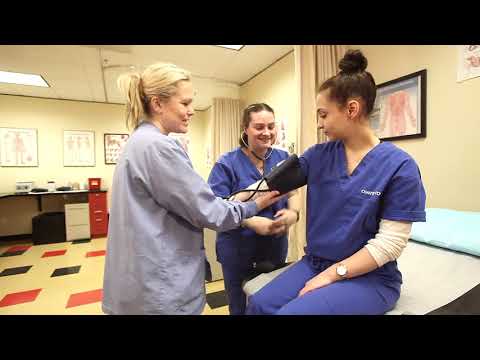How to Apply for Medical Assistance in Minnesota
Contents
- Introduction
- What is medical assistance?
- Who is eligible for medical assistance?
- How to apply for medical assistance
- What are the income guidelines for medical assistance?
- What assets are considered when determining eligibility for medical assistance?
- How does medical assistance work?
- What are the benefits of medical assistance?
- What are the drawbacks of medical assistance?
- Conclusion
If you need help paying for medical care, you may be able to get assistance from the Minnesota medical assistance (MA) program. This program can help you with the costs of doctor visits, prescriptions, and other health care services.
Checkout this video:
Introduction
In order to apply for Medical Assistance you will need to fill out an application and submit it to the county or tribal office where you live. You can get help filling out the application from a number of places, including your local medical assistance office, community action agencies, and some advocacy organizations.
You can apply for medical assistance online through the Minnesota Department of Human Services website, by mail, or in person at your local medical assistance office. If you are mailing in your application, be sure to include all required documentation. You can also fax your completed application to the medical assistance office.
What is medical assistance?
Medical assistance (MA), also called Medicaid, is a health care program for low-income people of all ages. The program is jointly funded by the federal and state governments. In Minnesota, MA is administered by the Minnesota Department of Human Services (DHS).
There are two main types of medical assistance programs in Minnesota: Basic MA and MN Care. Basic MA pays for medical care when you need it. MN Care pays for health care coverage if you meet certain income requirements and do not have other health care coverage.
Who is eligible for medical assistance?
To be eligible for medical assistance, you must meet certain financial and non-financial criteria.
To meet the financial criteria, your income must not exceed 133% of the federal poverty level (FPL). For example, as of 2018, a single person with an income of $16,754 or less per year would qualify.
In addition to meeting the income requirements, you must also:
-Be a U.S. citizen or legal immigrant
-Be a resident of Minnesota
-Have assets that are below a certain limit (e.g., $3,500 for a single person)
-Not be currently incarcerated
How to apply for medical assistance
There are several ways to apply for medical assistance in Minnesota. You can apply online, by mail, or in person at a county office.
If you want to apply online, you can do so through the Minnesota Department of Human Services website. If you want to apply by mail, you can get an application form from your county office or from the Minnesota Department of Human Services website.
If you want to apply in person, you can go to your county office and fill out an application form there.
What are the income guidelines for medical assistance?
In order to be eligible for medical assistance in Minnesota, you must have an annual income that falls below a certain threshold. For example, as of 2018, the income limit for a single person is $16,920. If you have a family of four, the income limit is $34,380.
These income limits are just guidelines – if your income is slightly above the limit, you may still be eligible for medical assistance. To find out for sure, you can contact your local county office or the Minnesota Department of Human Services.
What assets are considered when determining eligibility for medical assistance?
The following assets are considered when determining eligibility for Minnesota’s Medical Assistance (MA) program:
-Real estate (including vacation homes)
-Bank accounts
-Retirement accounts
-Stocks and bonds
-Life insurance policies with a face value of $5,000 or more
-Vehicles (including boats, motor homes, and snowmobiles)
How does medical assistance work?
Medical assistance in Minnesota is a program that provides health care coverage for low-income residents. If you are a low-income resident of Minnesota, you may be eligible for medical assistance. To apply for medical assistance, you will need to fill out an application and submit it to your county human services office.
Once your application is received, a case worker will determine if you are eligible for medical assistance. If you are eligible, you will be asked to provide proof of your income and assets. You will also be asked to provide proof of your citizenship or legal residency in the United States Once your application is approved, you will be issued a Medical Assistance card, which you will use to access health care services.
What are the benefits of medical assistance?
There are many benefits to medical assistance, including help with paying for medical care, prescriptions, and other health-related costs. Medical assistance can also provide coverage for some long-term care services. In Minnesota, medical assistance is administered by the Minnesota Department of Human Services.
What are the drawbacks of medical assistance?
Even though medical assistance provides vital help to low-income families, there are some drawbacks. One is that it can be difficult to qualify. In order to be eligible, your income and assets must fall below a certain level. This means that you may have to sell some of your possessions or downsize your home in order to qualify.
Another drawback is that you may have to wait for coverage to begin. In some cases, it can take up to six months for coverage to start. This can be a problem if you have an unexpected medical emergency during that time.
Finally, medical assistance is only available for certain types of care. For example, it will not cover the cost of cosmetic surgery or elective procedures. It also will not pay for long-term care costs such as nursing home care
Despite these drawbacks, medical assistance is still an important program that helps many low-income families get the care they need.
Conclusion
If you need help paying for medical care, you may be able to get assistance from the Minnesota Medical Assistance (MA) program. You can apply for MA online, by mail, or in person at your county or tribal human services office. To see if you qualify, you’ll need to provide information about your income, assets, and family size.
If you qualify for MA, you’ll be enrolled in a managed care plan. This means that you’ll have a primary care provider that you see for most of your medical needs. You may also be able to get extra services like dental care, vision care, and mental health services.
You can use this guide to help you understand the MA program and how to apply for assistance.

